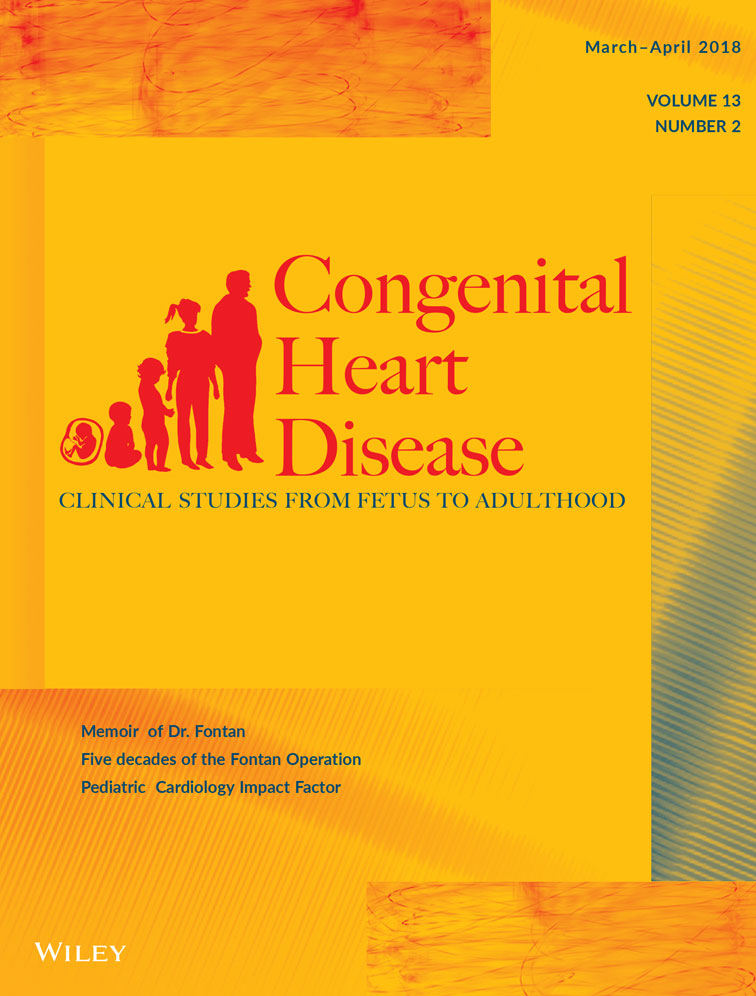The effects of lifestyle changes on serum lipid levels in children in a real life setting
Abstract
Objective
Studies have shown improvement in lipid levels after institution of lifestyle changes in children enrolled in closely monitored programs. There programs are difficult to mimic in real world clinics. We aim to determine if diet and exercise result in improvement in lipid levels in patients seen in a designated lipid clinic in a real life setting.
Design
Retrospective review of patients followed for dyslipidemia at the Texas Children's Hospital Lipid Clinic from May 1, 2012 to May 1, 2015. Patients included were seen more than once, had repeat lipid testing, and abnormal baseline lipid levels. Multivariate analysis using mixed models were performed to compare outcomes in patients who did and did not participate in lifestyle change.
Results
Of the 268 patients seen within the study period, 174 (56% male, 44% female) met inclusion criteria. Median age was 11 years. Compared to patients who did not make lifestyle changes: patients who made only diet changes demonstrated significant improvement in weight only (slope = −1.55, P-value = .014), and those who made only exercise changes demonstrated significant improvements in serum cholesterol (slope = −22.8, P-value = .017) and non-HDL cholesterol (slope = −28.7, P-value = < .01) levels. Patients who participated in both diet and exercise demonstrated significant improvement in weight (slope = −1.13, P-value = .011), diastolic blood pressure (slope = −1.82, P-value = < .01), and serum lipid levels: LDL (slope = −10.8, P-value = 0.017), HDL (slope = 1.52, P-value = .24), Triglycerides (slope = −0.11, P-value = .033) compared to those who did not make lifestyle changes.
Conclusions
Outpatient management of dyslipidemia is difficult. Only patients who participated in both diet and exercise showed significant improvement in outcomes when compared to those who did not make lifestyle changes.
CONFLICTS OF INTEREST
None.




